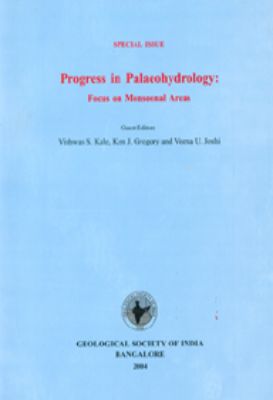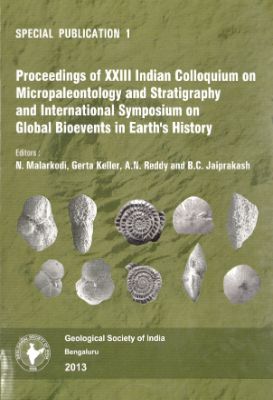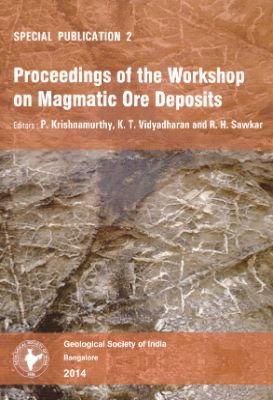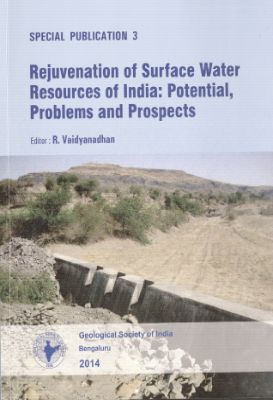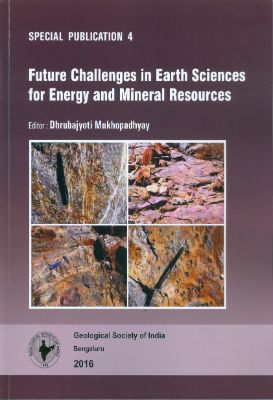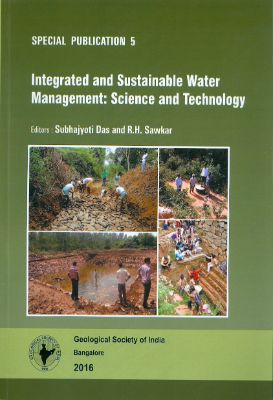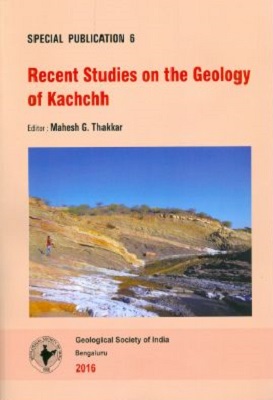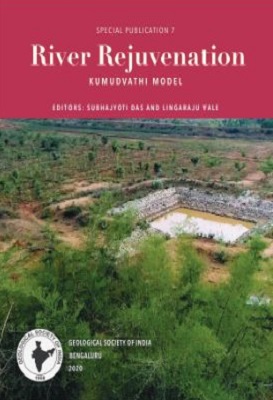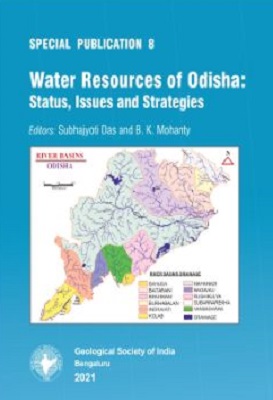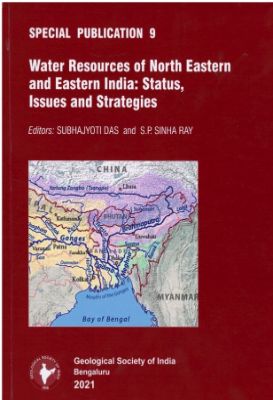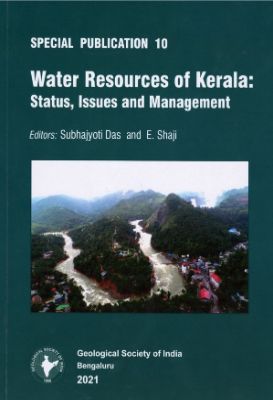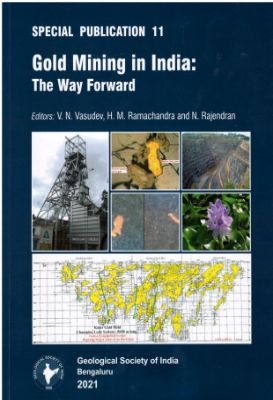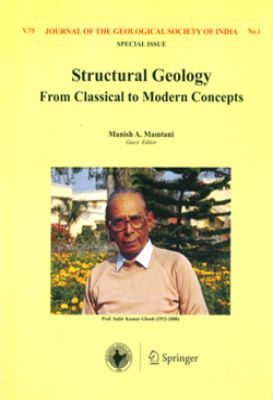Special Publications
Progress in Palaeohydrology: Focus on Monsoonal Areas
This special issue of the Journal of the Geological Society of India is devoted to a comparatively new and rapidly emerging field of palaeohydrology, the science of ancient waters focusing on the time before continuous hydrological records. In recent years, palaeohydrological data have been recognized as able to make critical contributions to global and regional climate models.
This special volume contains sixteen papers that were presented during the GLOCOPH-2002 meeting in Pune. The research papers, deal with regional palaeohydrology with case studies from different parts of the world, and methodologies and techniques used in palaeohydrological reconstructions. The major emphasis is on areas very sensitive to climate changes such as the monsoon-dominated regions of the world. There are several key points that make this book an essential review to researchers working the field of Quaternary geology, sedimentology, hydrology, geomorphology, physical geography, climatology, ecology, archaeology and engineering.

